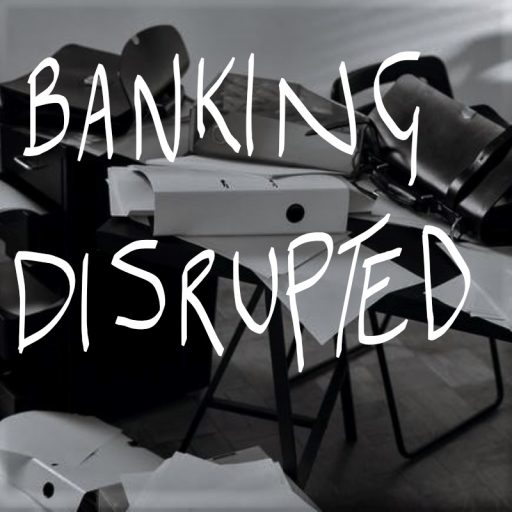Six key trends that need to be on the radar for banking professionals:
1. Banking “chores” and Digital banking: Digital banking has been on the rise for several years now, and the COVID-19 pandemic has accelerated its adoption. Consumers are increasingly using online and mobile banking to manage their finances, and banks are investing heavily in digital infrastructure and technologies. The key difference to digital banking design is that more focus is being placed on AI, and digital assistance to get something done e.g. order a replacement card, find out how to raise a concern on fraud etc
2. Tailored Personalisation for the individual: Banks are increasingly using data analytics and artificial intelligence to personalise their offerings and improve customer experiences. This includes personalised product recommendations, targeted marketing, and customised financial advice. In particular the cost of living crisis has meant there is also focus on making money work harder, so any recommendations that help optimise outgoings and get better returns on savings are key.
3. Open banking to help with money management: Open banking allows customers to share their financial data with third-party providers, enabling them to access new products and services. This trend is driven by regulatory changes and technological advancements. Where Open Banking hasn’t quite hit the mark is making the business of managing money easier. It is still cumbersome to look at all of your bank accounts through one banking mobile app as it looks like a long laundry list. Winners in this area will focus on taking aggregated account data and creating a genuine financial health dashboard. Combing this view with suggestions from related service providers such as utility companies to drive down household bills, moves Open Banking into the world of Open Finance/Open Marketplace…and that is where the offering becomes more practical with the ability to genuinely help customers in getting better deals for services beyond banking
4. Sustainability: Banks are under increasing pressure to address environmental, social, and governance (ESG) issues. Many banks are committing to sustainability goals and incorporating ESG considerations into their business practices and investment strategies. The care that needs to be exercised here is outside of the reporting requirements, not to “green-wash” offerings and instead create sustainable offerings and products that don’t deplete scarce resources e.g. viable options for plastic cards, and inter-generational green mortgages
5. Fintech partnerships: Banks are increasingly partnering with fintech companies to offer innovative products and services. This includes collaborations on mobile payments, digital lending, and investment management. The biggest area that has seen real innovation is in the SME segment where collaborations have focused on creating value for individuals looking to start a business e.g. marketing, payments, legal advice, insurance, bank account, loans etc
6. Cybersecurity: With the rise of digital banking, cybersecurity has become a critical concern for banks. Banks are investing heavily in cybersecurity infrastructure and technologies to protect against cyber threats and data breaches. This is perhaps the more sobering of the trends as the combination of technology developments (Quantum), in conjunction with more business being undertaken digitally, means the banking green-zone must be continually monitored and protected against multiple forms of threats.
Overall, the banking industry is rapidly evolving in response to changing consumer expectations, regulatory changes, and technological advancements. Banks that are able to adapt to these trends and offer relevant products and services that help individuals and businesses manage their money are more likely to succeed in the years ahead. This is a gentle move forward from creating innovation for the sake of innovation, but pivoting back to being a “service” industry.




